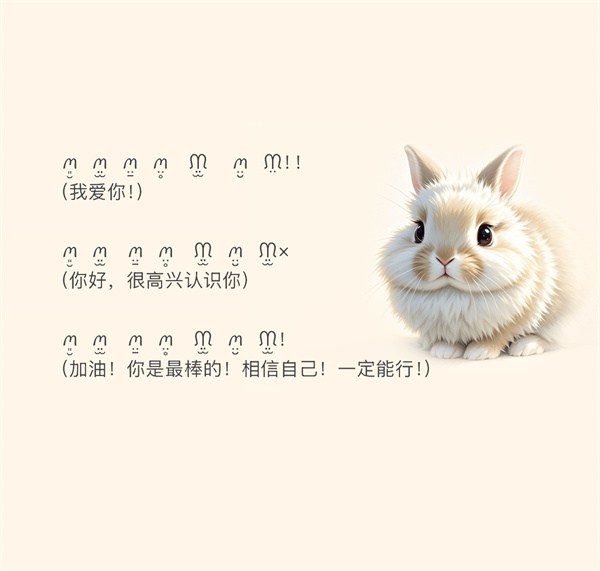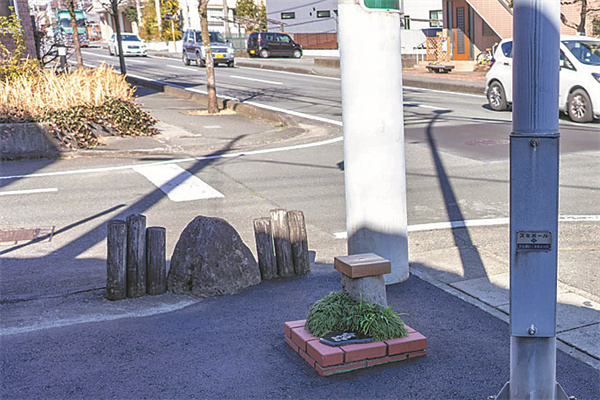
Symbols in "Rabbit Language" can be decoded into real text.[Photo provided to China Daily]
Bunny babble
Recently, a quirky and adorable language known as "Rabbit Language" has gained popularity on Chinese social media platforms like Xiaohongshu (RedNote).
This writing system, with its rabbit-eared or rabbit-shaped characters, exudes a uniquely cute aesthetic and has even been dubbed the "cutest language in the world".
On Xiaohongshu, when you click the translation button next to comments written in Rabbit Language, the symbols transform into text. As more people started using it, they noticed that the translations aren't random — each Rabbit Language character consistently corresponds to the same word or phrase.
The characters and symbols we see on computers and smartphones are displayed according to a system called Unicode — a global character encoding standard that assigns a unique number to each symbol.
Upon analyzing Rabbit Language's Unicode, it was found to be a visual symbol system that incorporates elements from Canadian Aboriginal syllabics, the Tai Dam language, and Burmese.
Since its emergence, Rabbit Language has quickly spread through emojis, creative products, and various other mediums. Its success has even sparked the creation of alternative languages, like Fish Language and Bird Language, based on similarly rare characters.
According to netizens, these adorable symbol languages offer a sense of "healing" through their soft imagery and warm storytelling. This resonates with the modern desire among young people for a more relaxed and comforting emotional experience.

A mini park in Nagaizumi, Japan, holds the Guinness World Record for being the "World's Smallest Park".[Photo provided to China Daily]
Pocket-size paradise
When most people think of a park, they picture vast green spaces, clear lakes, dense forests, and ample areas for community activities. However, a park in Nagaizumi, Shizuoka, Japan, challenges these expectations. This year, it was recognized by Guinness World Records as the "World's Smallest Park".
Located just over an hour from Tokyo, this mini park measures only 0.24 square meters — about the size of two A3 sheets of paper. Despite its tiny dimensions, it features a small bench and a patch of grass, offering a quaint spot for relaxation.
According to the Merriam-Webster Dictionary, a park is defined as "a piece of ground in or near a city or town kept for ornament and recreation". By this standard, this petite installation certainly qualifies.
However, earning the title of the world's smallest park requires meeting several criteria, including being legally recognized as a park, existing for at least five years, and undergoing professional measurement.
The park's origins date back to 1988 when a local staff member, inspired by a visit to the United States, set out to create a park smaller than Mill Ends Park in Portland, Oregon — the previous record holder. Since then, Nagaizumi has informally referred to it as the world's smallest park, a claim now validated through official measurements and documentation.
Nestled in a residential area just a short walk from Nagaizumi Town Hall, the park has become a charming attraction for both locals and tourists. Visitors often stop by to take photos or simply enjoy a brief moment of tranquillity.